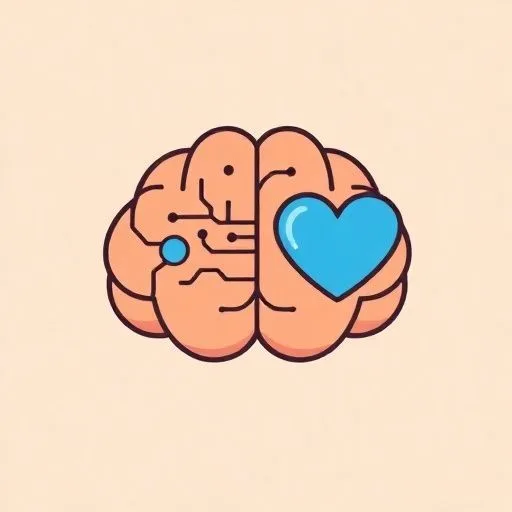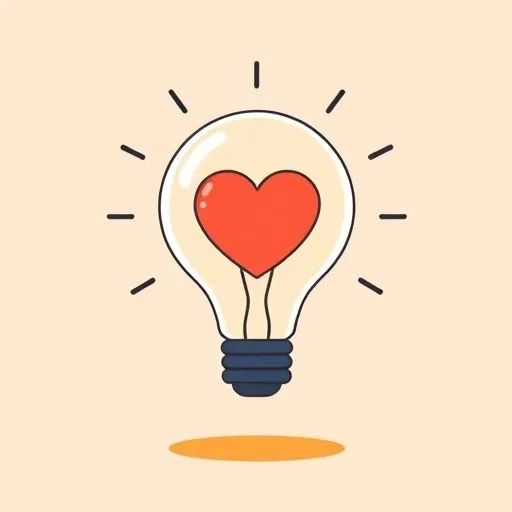
That crisp autumn morning walk home from my daughter’s school felt like a fresh start—especially when our smart speaker wakes us up with its cheery tune. We’re witnessing something extraordinary: AI systems that can code apps, compose music, and handle customer queries with unnerving politeness. Yet here’s the curious paradox—they can ace your SAT but can’t tell if you’re angry or just British. It’s like having a brilliant colleague who can solve complex equations but misses every social cue in the meeting room. This emotional gap isn’t a weakness—it’s actually our most exciting invitation to collaborate in new ways.
Why Can’t AI Read the Room?

You know, it almost feels like magic when AI just nails everything we throw at it! These systems crunch numbers at speeds we’d never keep up with. Trust me, the patterns they spot? Mind-blowing! They’re like supercharged research assistants who never sleep, never get tired, and can simultaneously analyze thousands of variables.
But here’s where the magic stops and reality sets in. Ask AI to solve your calculus problem—no sweat. Tell it you burned dinner and it still thinks it’s doing great. Oops. It’s the difference between having encyclopedic knowledge and having wisdom.
This isn’t about AI failing—it’s about us recognizing what makes human intelligence so beautifully complex. We don’t just process information; we contextualize it through lived experience, cultural understanding, and emotional resonance. That gap between information processing and true understanding? That’s where our human value shines brightest.
How to Bridge Logic and Feeling with AI

The most exciting developments aren’t happening in the race to create bigger AI models—they’re occurring in the middleware, the evaluators, the emotional layers that help AI transition from merely intelligent to genuinely useful. Think of it as building translation bridges between two different languages: the language of data and the language of human experience.
Companies are now focusing on creating systems that don’t just answer questions but understand why you’re asking them. Is that customer service query coming from someone who’s frustrated, confused, or just seeking confirmation? The difference matters profoundly in how we respond.
This isn’t about making AI more human—it’s about making AI better at recognizing human contexts. The goal isn’t replication but collaboration, creating tools that amplify our strengths rather than replace our uniqueness.
The Unseen Superpower of Emotional Context

Consider how emotional intelligence transforms decision-making. A purely logical system might recommend cost-cutting measures that maximize efficiency. A system with emotional awareness would recognize that those same measures might devastate team morale or customer loyalty.
This is where human oversight becomes not just necessary but invaluable. We bring the emotional context that turns data into wisdom. We understand that sometimes the most efficient solution isn’t the right solution—that relationships, trust, and long-term consequences matter in ways numbers can’t capture.
It’s like having a brilliant navigator who knows every road but needs you to tell them where you actually want to go—and why that destination matters to you personally.
How to Turn AI Limitations into Strengths

Rather than seeing AI’s emotional limitations as a deficit, we can view them as our invitation to the dance. This isn’t about humans versus machines—it’s about humans with machines, each bringing their unique strengths to the partnership.
The most effective teams will be those that combine AI’s incredible processing power with human emotional intelligence. Imagine having a colleague who never forgets a data point but always looks to you for the human context. That’s the future we’re building toward.
This collaboration requires us to develop new skills—not just technical proficiency but emotional literacy, ethical reasoning, and contextual understanding. These are precisely the skills that make us uniquely human and increasingly valuable.
The Quiet Confidence of Human Connection

There’s something profoundly reassuring about recognizing that no matter how intelligent our tools become, they still need our humanity to make sense of the world. That need isn’t a weakness in the technology—it’s a testament to the complexity and beauty of human experience.
As we move forward, the most successful professionals won’t be those who try to compete with AI on its terms, but those who lean into their human strengths: empathy, creativity, ethical judgment, and emotional intelligence. These aren’t soft skills—they’re the hard skills of the future.
The autumn breeze may bring technological changes, but it also reminds us that some things remain constant: the value of human connection, the power of shared understanding, and the irreplaceable warmth of genuine collaboration. AI might be getting smarter every day, but it’s our humanity that makes us wise.
Source: AI: Intelligent For Sure, But Smart Enough?, Forbes, 2025/09/10
